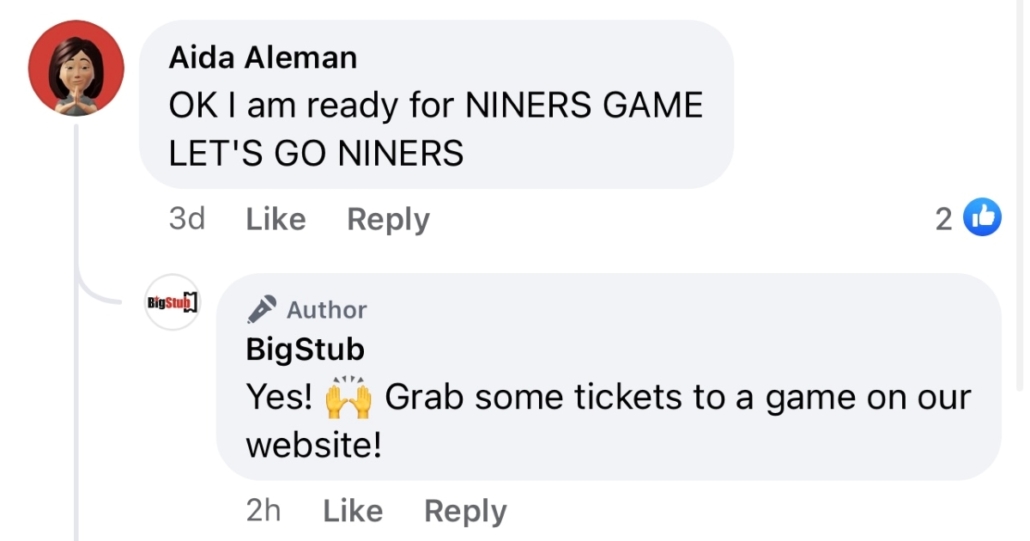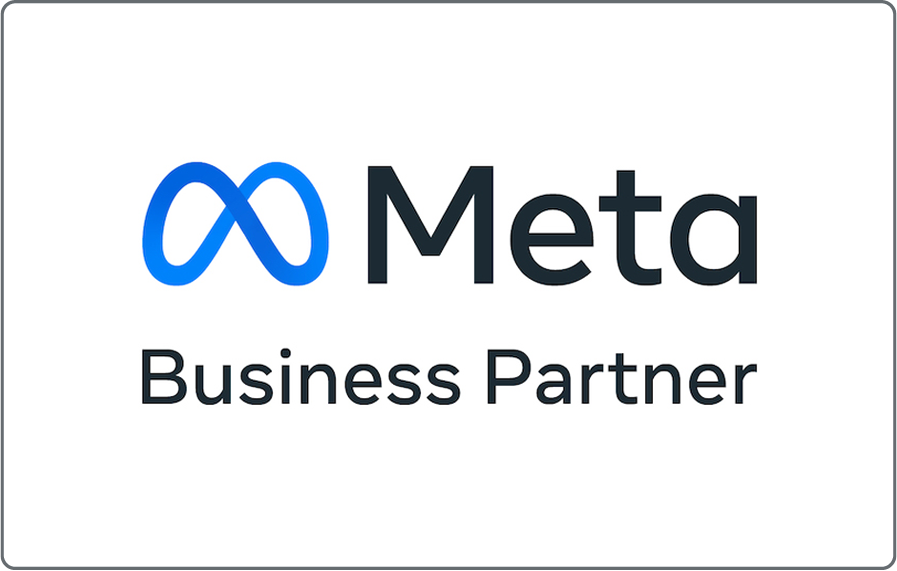How to Use AI-Generated Messages without Losing Personalization
AI-Generated Content Creation
Artificial intelligence has grown exponentially, both privately and publicly, over the last couple of years. ChatGPT’s release to the public a little over a year ago has changed the game when it comes to AI-generated content, as it’s now accessible to anyone at any time. While artificial intelligence can aid in producing meaningful content, it is important for businesses to prioritize personalization in order to retain a level of human connection and continue producing high-quality content.
When it comes to adding value and ensuring cohesiveness within your brand, content creation is one of the most effective ways to engage audiences and build a community. This is because its intention is to find a way to resonate with target audiences in a way that feels personalized to them specifically.

AI-generated content has become an extremely popular tool for businesses to use as it provides a way to create any type of media quickly and at a relatively low cost. This is especially seen when considering the improvements made in the last couple of years that allow AI to go in and use past behaviors and audience preferences to create its content. There are platforms out there, like Sprout Social, that aim to provide insights and analytics to allow businesses to make informed decisions regarding their own content creation. Although it serves as an essential tool, it’s important for creators to remember that there are some missing elements in AI-generated content that only a human can provide.
Knowledgeable and reputable content creators are that way because they know how to add an extended element of trust and emotion to their content that doesn’t always come across when something is solely AI-generated content. It is imperative that content creators review any and all AI-generated content in order to avoid losing personalization that they would have otherwise had had they created the content themselves.
Why AI Can’t do it all Alone
Copywriting is another element that has been affected by AI since its existence. In order to have effective copywriting, the content written must be emotionally stimulating where the words written fit the style, purpose, and tone of voice of whatever it is you may be trying to convey.

Utilizing content that is AI-generated as a tool to enhance copywriting can be beneficial, but solely relying on it without any human review is potentially damaging. Relationships are the key to successful businesses, and the only way for businesses to create these relationships is to ensure that their audience feels that trust and emotion come across throughout all content, which is why AI can’t do it alone.
Building a Community Using AI to your Advantage
When the same message is sent out in large numbers where little personalization is necessary, AI can be used to speed up the process. That being said, diligence when it comes to monitoring and responding to different clients or accounts are important to increase personal relationships outside of content that was AI-generated.
Community management is a top priority for most businesses. While AI-generated content serves as a great aid, there are ways to add personalization here without AI that are essential to a business’s success. This is an example of the kind of responsiveness that shows a company values its customers and their questions.


It is imperative that businesses find a way to leverage AI-generated content in a way that’s beneficial to them, without losing the sense of personalization and creativity that comes from human review.
























